Contemporary
Exploring Expressive Movement Forms in Contemporary Dance
Contemporary dance is a rich and diverse art form that allows dancers to express themselves through a wide range of movement styles. One of the fascinating aspects of contemporary dance is the incorporation of expressive movement forms that add depth and emotion to performances.
1. Improvisation
Improvisation plays a significant role in contemporary dance, allowing dancers to explore movement spontaneously. This form of expression encourages creativity, authenticity, and emotional connection with the audience.
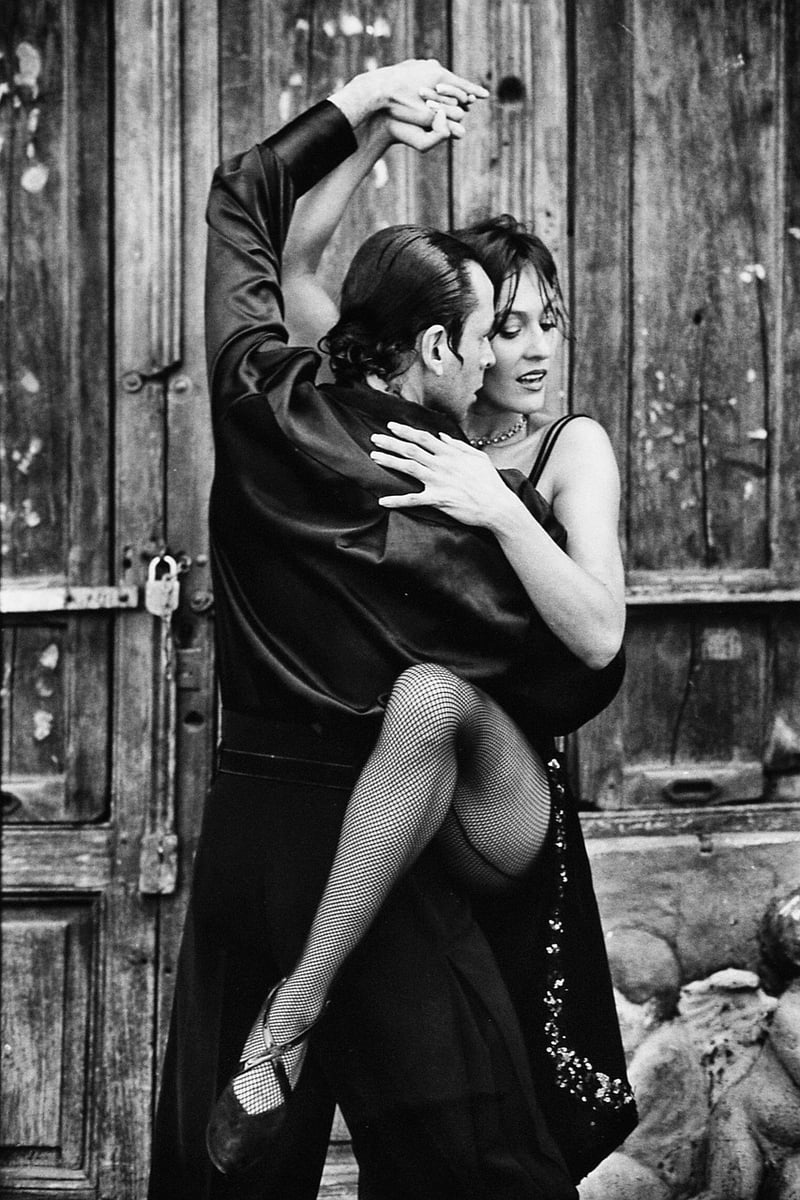
2. Floorwork
Floorwork involves movements performed close to the floor, emphasizing fluidity and connection with the ground. Dancers use the floor as a partner, allowing for dynamic and visually captivating sequences.
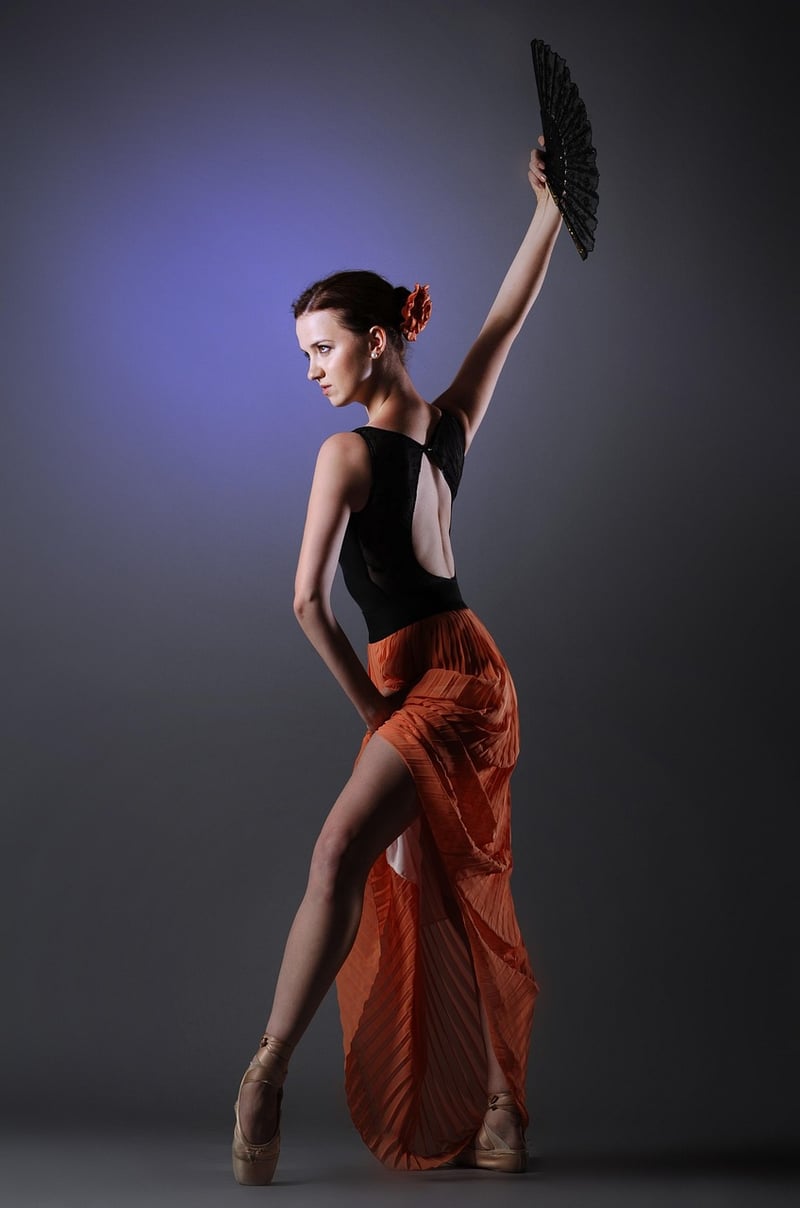
3. Gesture and Emotion
Gestural movements and emotional expressions are essential components of contemporary dance. Dancers use gestures to convey a wide range of emotions, creating powerful and evocative performances that resonate with audiences.
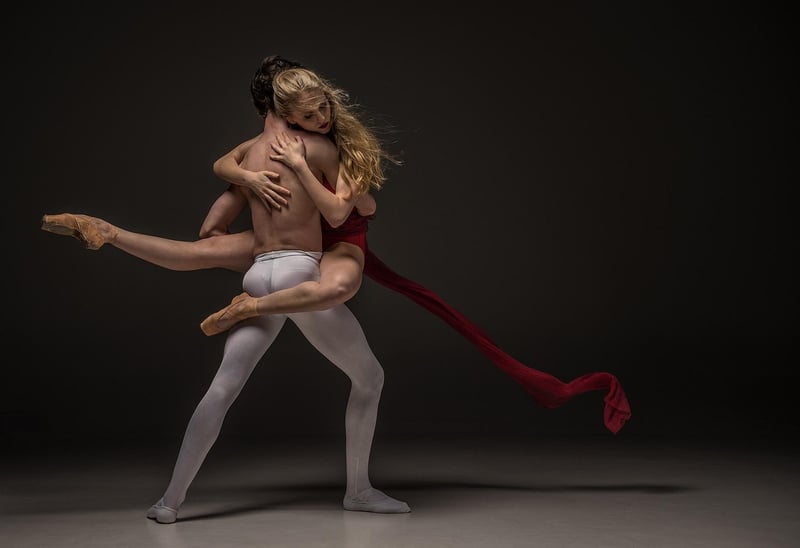
4. Contact Improvisation
Contact improvisation involves dancers making physical contact to explore weight, balance, and momentum. This form of movement fosters trust, communication, and shared creativity between dancers, resulting in compelling interactions on stage.
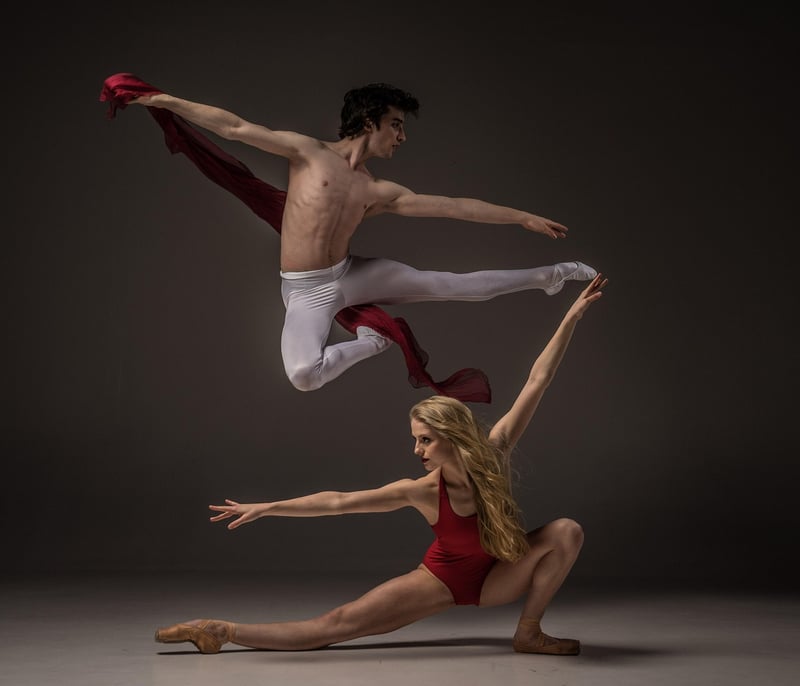
5. Release Technique
The release technique focuses on letting go of tension and allowing the body to move freely and organically. Dancers explore fluidity, breath, and natural movement patterns, creating a sense of ease and flow in their performances.
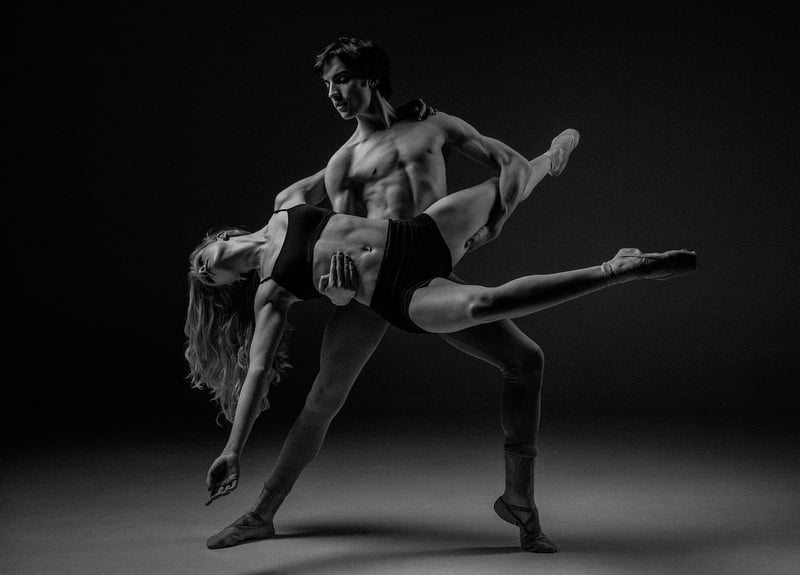
Exploring expressive movement forms in contemporary dance offers a glimpse into the diverse and innovative ways dancers communicate and connect with audiences. By incorporating these dynamic techniques, dancers can create performances that are not only visually stunning but also emotionally resonant.
